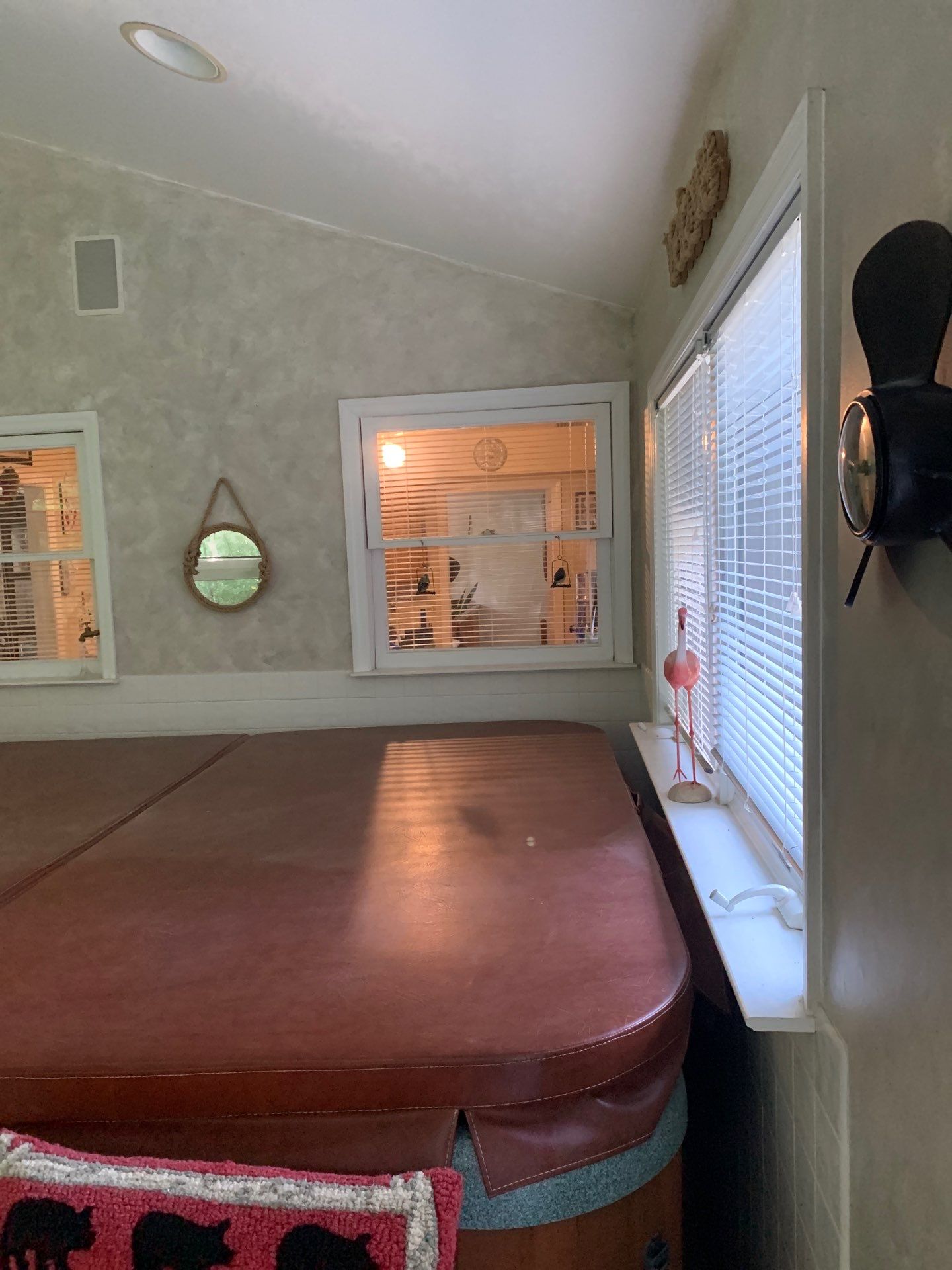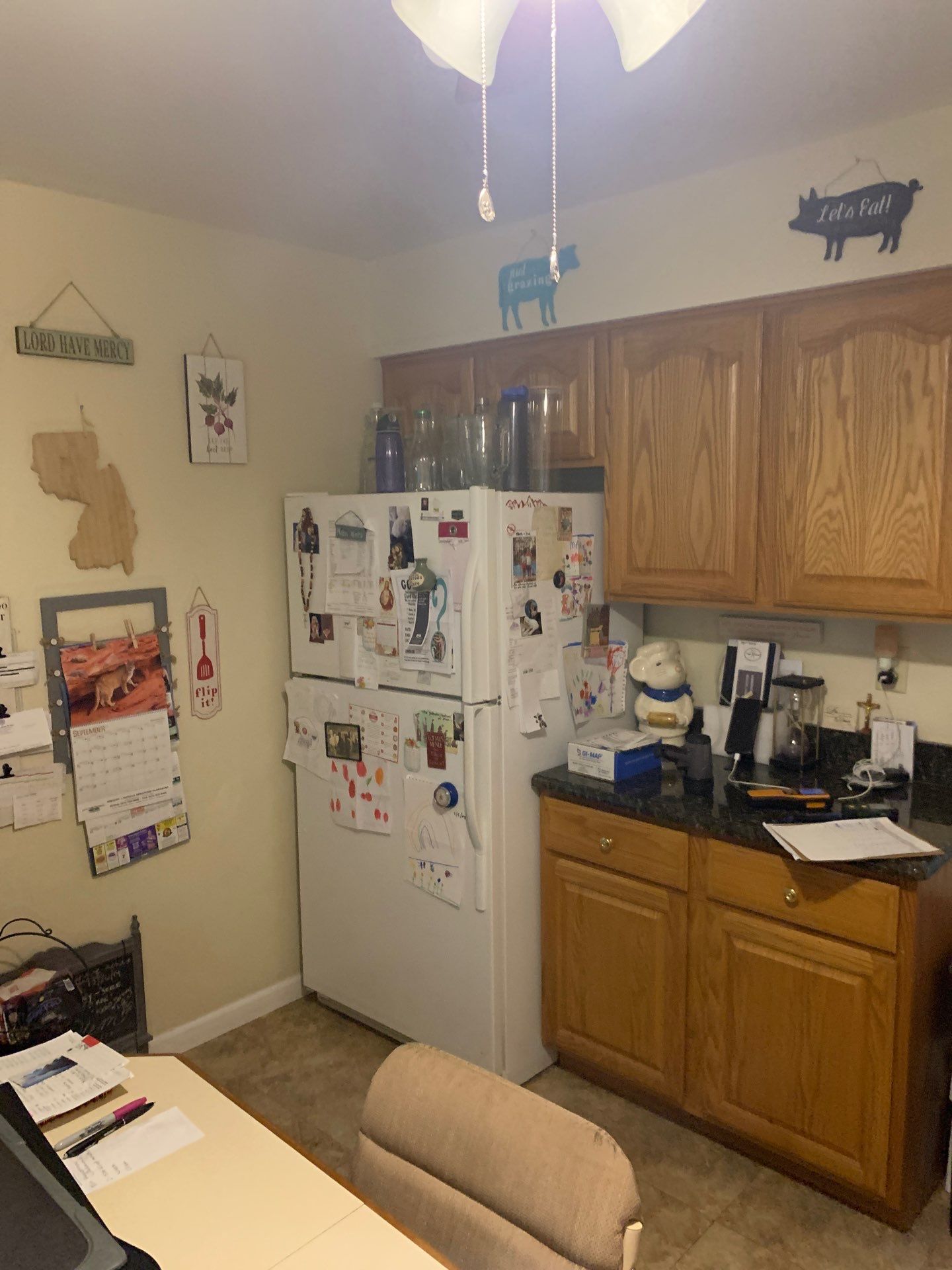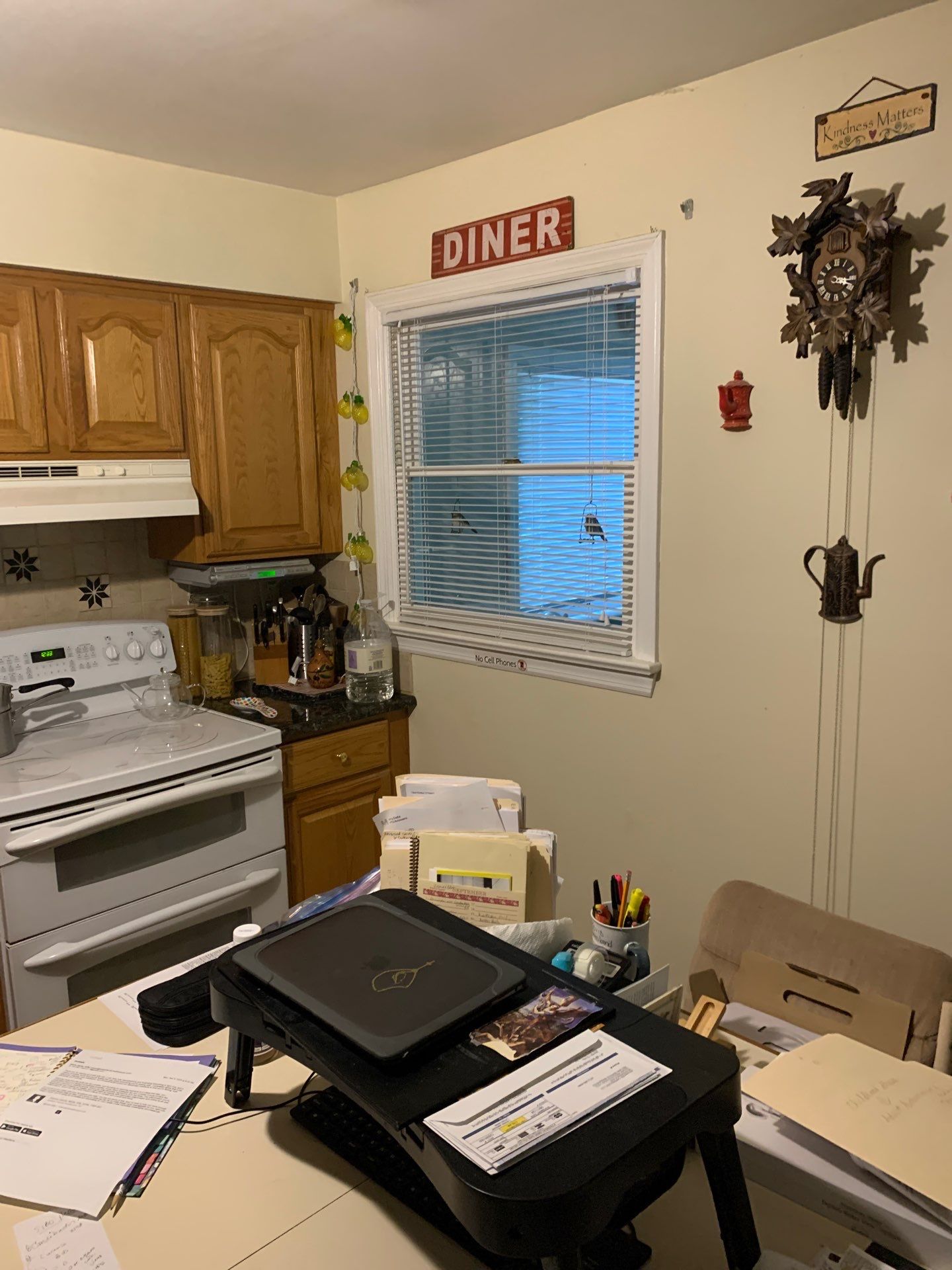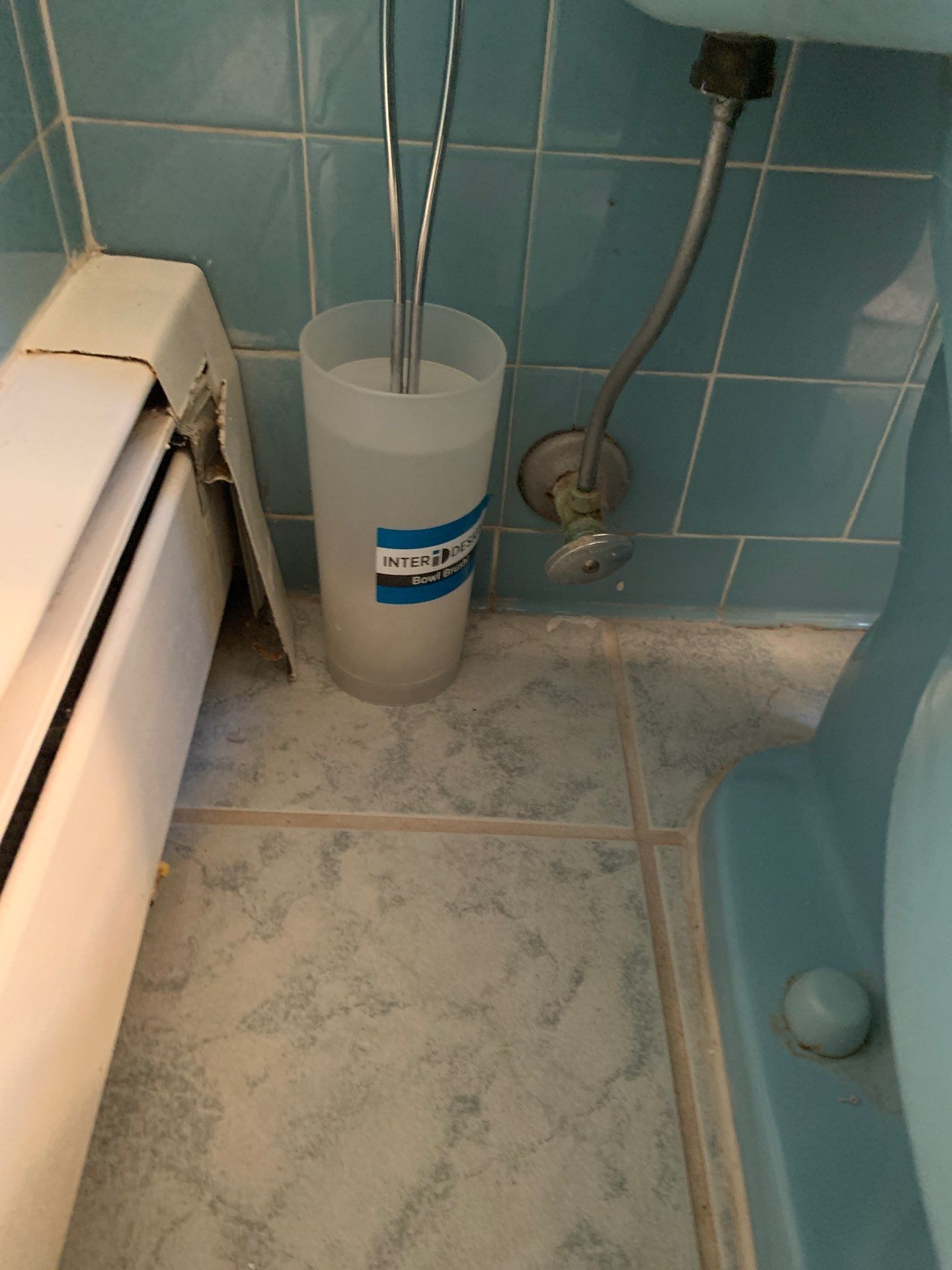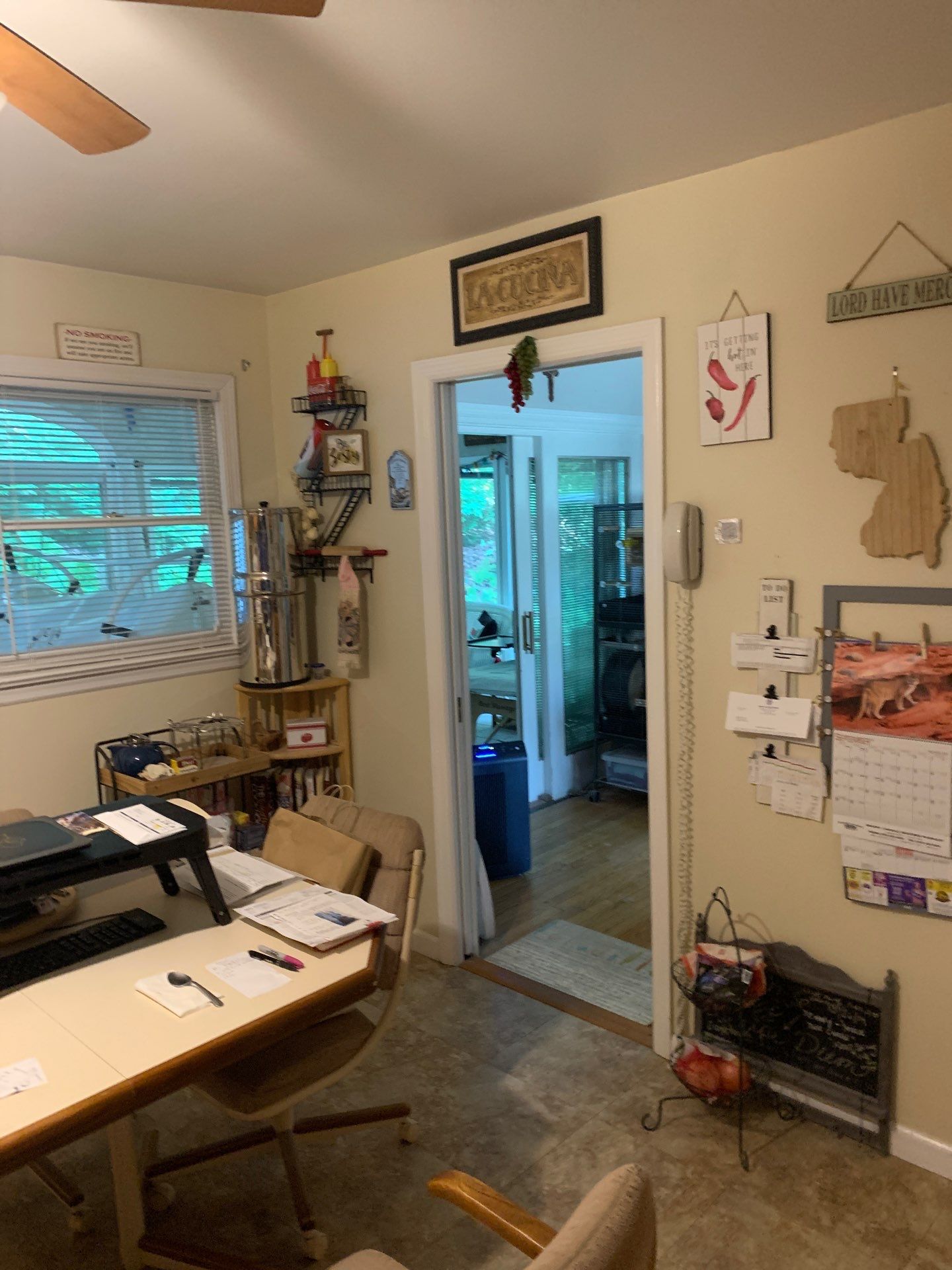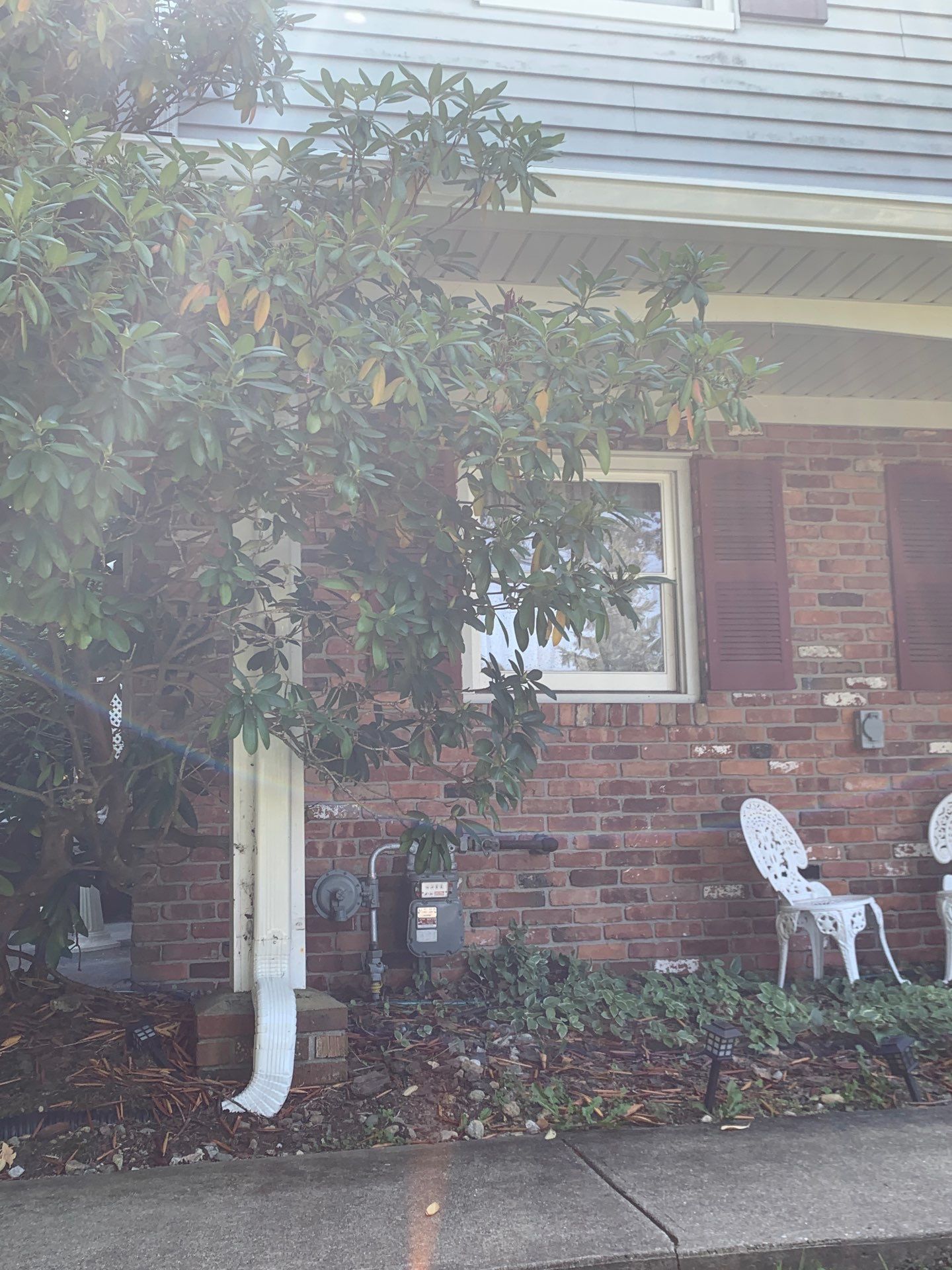Concerned About Mold in Your Delaware County Home? You’re Not Alone.
If you’ve noticed a musty smell, persistent allergies, or visible spots on walls or ceilings, your instinct to look for answers is right on point. Mold issues are more common than most people realize in Delaware County homes—and often more dangerous when left unchecked.
Why You Might Suspect Mold or Indoor Air Problems
Many homeowners first suspect a mold problem not because they see it, but because they feel it. Whether it’s constant sneezing indoors, headaches that go away when you leave the house, or a general feeling of stuffiness, your body is often the first warning system.
Common signs that trigger concern:
-
Unexplained allergy-like symptoms that worsen indoors
-
Musty or damp odors that linger in certain rooms
-
Water stains, peeling paint, or discolored drywall
-
Recent flooding, roof leaks, or plumbing issues
-
Chronic respiratory issues or sinus infections in the household
How Mold Affects Your Health Over Time
Mold isn’t just unsightly—it can cause serious and sometimes long-lasting health issues. For sensitive individuals like children, seniors, or those with pre-existing conditions, the effects can be more intense.
Potential health risks include:
-
Asthma flare-ups and new asthma development
-
Chronic sinus infections and nasal congestion
-
Skin irritation and unexplained rashes
-
Fatigue, brain fog, and headaches
-
Aggravation of autoimmune conditions
When mold spores enter your indoor air and circulate through your HVAC system, they don’t just stay in one area—they become part of the air you breathe every day.
Popular Mold and Indoor Air Quality Tests
Because mold often hides behind walls or under flooring, professional testing is the only reliable way to uncover the extent of a problem.
Common testing methods include:
-
Air sampling to measure the concentration of airborne mold spores
-
Surface sampling using swabs or tape lifts on visible growth
-
Humidity and moisture meter readings to find hidden damp areas
-
Infrared thermal imaging to detect water damage behind surfaces
-
VOC and particulate testing for a broader picture of your air quality
These tests don’t just confirm the presence of mold—they help determine its source, severity, and the right path to fix it.
What Happens During Mold Remediation?
If testing confirms that mold is present, the remediation process is designed to not only remove what’s visible but eliminate what’s hiding behind the scenes.
A professional mold remediation process typically includes:
-
Isolation of affected areas to prevent cross-contamination
-
HEPA air filtration and negative air pressure to clear spores from the air
-
Safe removal of mold-contaminated materials like drywall or insulation
-
Thorough cleaning of non-porous surfaces with EPA-registered solutions
-
Dehumidification and ventilation improvements to prevent future growth
Every remediation plan is tailored to the layout and conditions of your property—no two homes are the same, and neither are their mold problems.
Why Mold Is So Common in Delaware County Homes
The mix of humid summers, older home construction, and seasonal rainfall makes Delaware County a hotspot for mold issues. Basements, crawlspaces, and attics are particularly vulnerable, especially if they’ve experienced even minor leaks or water intrusion.
Even newer homes can fall victim to mold if ventilation is inadequate or moisture isn’t properly managed. It doesn’t take much—mold can begin growing within 24 to 48 hours under the right conditions.
A Trusted Local Resource for Delaware County Residents
At Nash Everett, we’ve helped countless homeowners and property managers throughout Delaware County get clear, accurate answers and practical solutions. We don’t upsell services that aren’t necessary. We focus on getting to the root cause of your indoor air issues—whether it’s mold, moisture, or airborne pollutants—and guiding you through the next steps with care.
If you’re concerned about the air in your home or suspect a mold issue, getting expert support can bring both clarity and peace of mind. Every home has its story—and we’re here to help you write a healthier next chapter.


